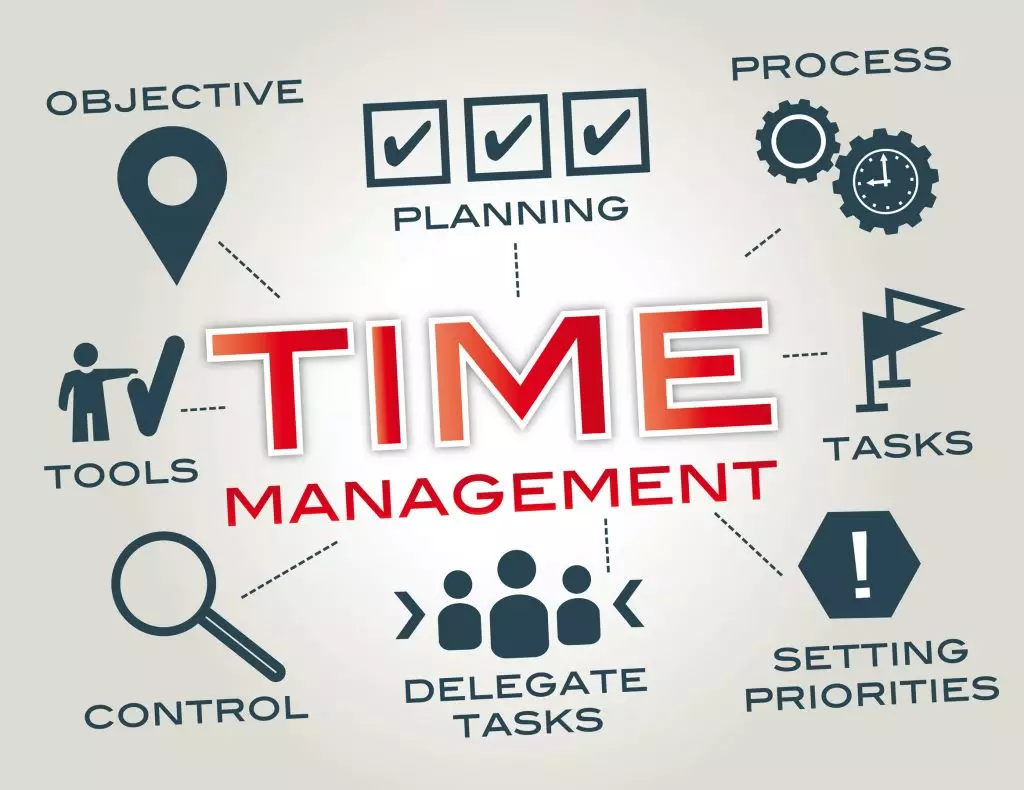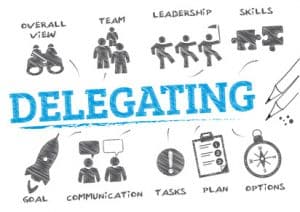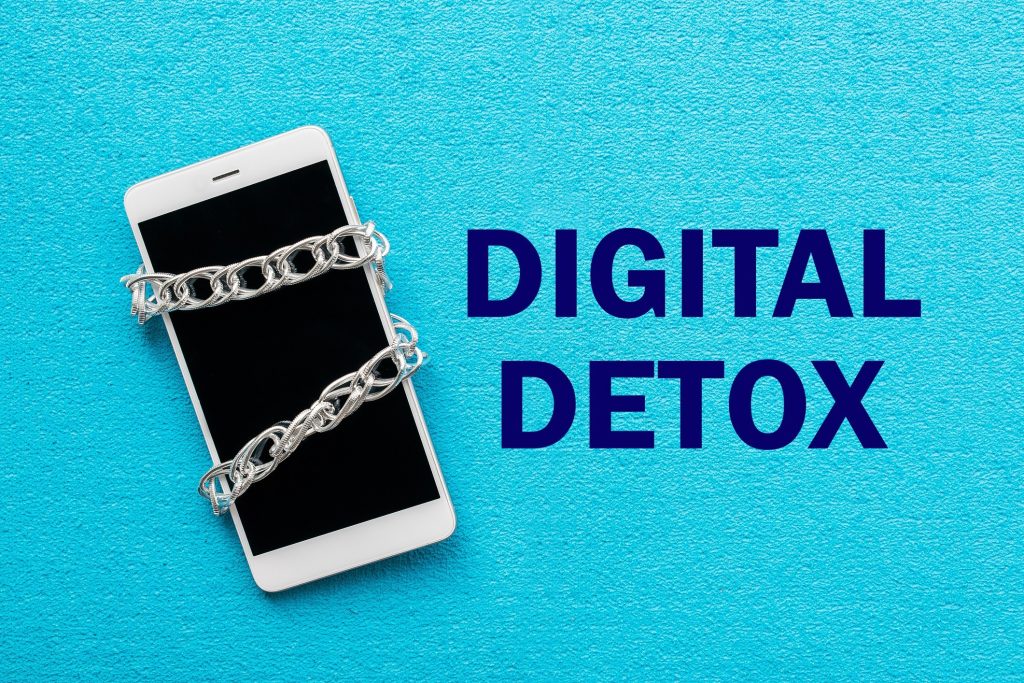Balancing work-life and personal time is an ever-present challenge in our fast-paced world. This delicate equilibrium is crucial for maintaining mental health, nurturing relationships, and achieving professional success. Yet, many struggle to find this balance, often leading to burnout and dissatisfaction. This article explores practical strategies to harmonize your professional and personal life, ensuring you thrive in both spheres. These strategies are not just theories but are actionable steps that can be integrated into daily routines to create a fulfilling and balanced life.
Contents
- 1 Understanding Personal Needs and Boundaries
- 2 Effective Time Management Strategies
- 3 The Role of Workplace Flexibility
- 4 The Power of Delegation and Saying No
- 5 Maintaining Physical and Mental Health
- 6 Cultivating Personal Relationships and Hobbies
- 7 Technology’s Double-Edged Sword
- 8 Continuous Evaluation and Adjustment
- 9 Achieving Harmony in Work and Life
Understanding Personal Needs and Boundaries

Recognizing and respecting your personal needs and boundaries is the foundation of achieving work-life balance. It begins with a thorough self-assessment to understand what you need from both your personal and professional life. Identifying these needs helps in setting clear boundaries, which are essential for preventing burnout and maintaining overall well-being. It’s not just about how much time you spend at work or home but also about the quality of that time. Implementing techniques like mindfulness and reflection can aid in this self-assessment process, providing clarity on what is truly important.
Setting boundaries might be challenging, especially in a culture that often glorifies overworking. It requires consistent effort to communicate your limits to colleagues, friends, and family. This might involve turning down extra work, delegating tasks, or simply learning to say ‘no’ without feeling guilty. Embracing these boundaries not only enhances your personal well-being but also sets a positive example for others around you. Remember, setting boundaries is not selfish; it’s a necessary step in safeguarding your mental health and nurturing your personal life.
Effective Time Management Strategies

Time management is a critical skill for balancing work and personal life. The first step is to prioritize tasks by distinguishing between what is urgent and what is important. This helps in focusing on tasks that align with your personal and professional goals. Adopt a methodical approach to your day, allocating specific time slots for work tasks, personal activities, and rest. It’s also beneficial to set realistic deadlines and stick to them, avoiding the pitfalls of procrastination.
In the era of digital technology, numerous tools and apps are available to assist with time management. From calendar apps to task organizers, these tools can help you schedule your day efficiently, ensuring that both work and personal time are respected. However, it’s important to remember that these tools are aids, not solutions. The key lies in your ability to adhere to the schedules and priorities you set, making conscious choices about how you spend your time.
The Role of Workplace Flexibility

Workplace flexibility has become a significant factor in achieving work-life balance. The ability to choose your work hours or work from home can significantly reduce stress and increase productivity. It’s important to discuss flexible working options with your employer, focusing on how such arrangements can be mutually beneficial. When negotiating for flexibility, be prepared with a plan that demonstrates how you will manage your responsibilities effectively.
The rise of remote work has opened new possibilities for balancing professional and personal commitments. However, it also requires self-discipline to maintain productivity while working from unconventional spaces. Setting a designated workspace, maintaining regular hours, and dressing for work can help in mentally preparing for a productive workday. Additionally, case studies have shown that companies offering flexible working arrangements often report higher employee satisfaction and retention, indicating the positive impact of such policies on both individuals and organizations.
The Power of Delegation and Saying No

Mastering the art of delegation is a key strategy for maintaining work-life balance. It involves understanding which tasks require your unique skills and which can be entrusted to others. Effective delegation not only lightens your workload but also empowers team members, fostering a collaborative work environment. It’s essential to communicate clearly when delegating, ensuring that the task’s objectives and expectations are understood. This process not only frees up your time but also helps in developing trust and leadership skills.
Learning to say ‘no’ is equally important in balancing work and personal life. It’s a skill that protects your time and mental energy from being drained by non-essential tasks. Saying no can be challenging, especially in a work culture that values ‘yes-men.’ However, it’s crucial to realize that saying no to unnecessary commitments gives you the freedom to say yes to opportunities that truly matter. It’s about making choices that align with your priorities and values without feeling guilty or fearing repercussions.
Maintaining Physical and Mental Health

Physical and mental health are foundational to achieving a balanced life. Regular exercise, a balanced diet, and adequate sleep are essential for sustaining energy levels and focus, both at work and in personal life. Neglecting physical health can lead to a decrease in productivity and an increase in stress levels. Integrating physical activity into your daily routine, whether it’s a morning jog, a yoga session, or simply a walk during lunch breaks, can significantly improve your well-being.
Mental health is equally important and often overlooked in the pursuit of work-life balance. Techniques such as meditation, deep breathing exercises, or mindfulness can be incredibly beneficial in managing stress. It’s also important to recognize when to take a step back and possibly seek professional help if feelings of anxiety or depression arise. Regular mental health days, where you disconnect from work-related activities, can provide the much-needed space for mental recuperation and reflection.
Cultivating Personal Relationships and Hobbies

Personal relationships and hobbies play a critical role in a balanced life. Nurturing relationships with family, friends, and loved ones provides emotional support and happiness, which is crucial for mental well-being. It’s important to make time for these relationships, whether it’s through regular catch-ups, shared activities, or simply spending quality time together. Strong personal relationships can provide a sense of belonging and a network of support, crucial for facing life’s challenges.
Hobbies and personal interests are not just leisure activities; they are essential for personal growth and happiness. Engaging in hobbies can be a great way to decompress from work stress and explore personal passions. It’s important to balance solitary hobbies, like reading or gardening, with social activities, such as team sports or community volunteering. This balance ensures a wholesome approach to personal development and leisure, contributing significantly to overall life satisfaction.
Technology’s Double-Edged Sword

Technology plays a dual role in the quest for work-life balance. On one hand, it enables greater flexibility and efficiency, allowing for remote work and instant communication. On the other hand, it can lead to an ‘always-on’ culture where the lines between work and personal time are blurred. It’s crucial to establish clear boundaries for technology use. This might involve setting specific hours for checking work emails, turning off notifications after work hours, or having technology-free zones in your home to encourage disconnection.
Implementing digital detox strategies can be highly beneficial in creating a healthy balance. This could mean dedicating certain days to be screen-free or allocating time for activities that don’t involve technology, like reading a book or engaging in outdoor activities. The aim is to reduce dependency on digital devices, which can be sources of constant distraction and stress. Taking regular breaks from technology can help in rejuvenating the mind and improving concentration, leading to greater productivity and a more balanced lifestyle.
Continuous Evaluation and Adjustment

The process of achieving work-life balance is ongoing and requires regular evaluation. Life circumstances change, and so do personal and professional priorities. It’s important to periodically assess how well your current strategies are working and make adjustments as needed. This might mean re-evaluating your time management tactics, revisiting your boundaries, or finding new ways to integrate personal and professional responsibilities.
Adaptability is key to maintaining a balanced life. This involves being open to change and recognizing when certain strategies are no longer effective. It might also require renegotiating work arrangements or revisiting personal commitments. The goal is to remain flexible and responsive to your evolving needs, ensuring that your approach to work-life balance is always aligned with your current life situation and goals. This continuous process of evaluation and adjustment is essential for sustaining a harmonious balance between your professional ambitions and personal well-being.
Achieving Harmony in Work and Life
Achieving a balanced work-life is a dynamic and ongoing process, requiring constant attention and effort. The strategies discussed in this blog post offer practical steps toward creating a harmonious blend of professional success and personal fulfillment. Remember, balance is not about evenly splitting hours between work and life; it’s about making choices that align with your values and priorities. By understanding your needs, effectively managing time, embracing flexibility, maintaining health, nurturing relationships, regulating technology use, and continuously adapting, you can create a fulfilling and balanced life. This journey is uniquely personal and deeply rewarding.